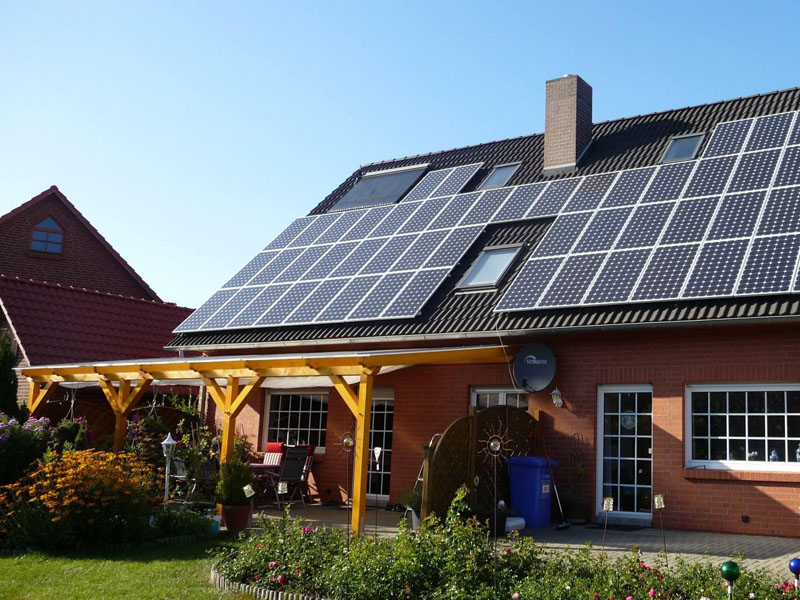Solar charge controller is a component of a solar panel system that controls the charging of a battery bank. Solar charge controllers ensure the batteries are charged at the proper rate and to the proper level. Without a charge controller, batteries can be damaged by incoming power, and could also leak power back to the solar panels when the sun isn’t shining.

Solar Charge Controller Manufacturer
Solar charge controllers have a simple job, but it’s important to learn about the two main types, how they work, and how to pair them with solar panels and batteries. Armed with that knowledge, you’ll be one step closer to building an off-grid solar system!
Key takeaways
Solar charge controllers allow batteries to safely charge and discharge using the output of solar panels.
A charge controller is needed any time a battery will be connected to the direct current (DC) output of solar panels; most often in small off-grid systems.
The two kinds of charge controllers are pulse-width modulation (PWM) and maximum power point tracking (MPPT).
PWM charge controllers are less expensive, but less efficient, and are best suited for small off-grid systems with a few solar panels and batteries.
MPPT charge controllers are more expensive and more efficient, and are good for larger off-grid systems that can power a small home or cabin.
The top off-grid charge controllers are made by brands like Yingke, but non-brand-name charge controllers can be just fine if you know what to look for.






